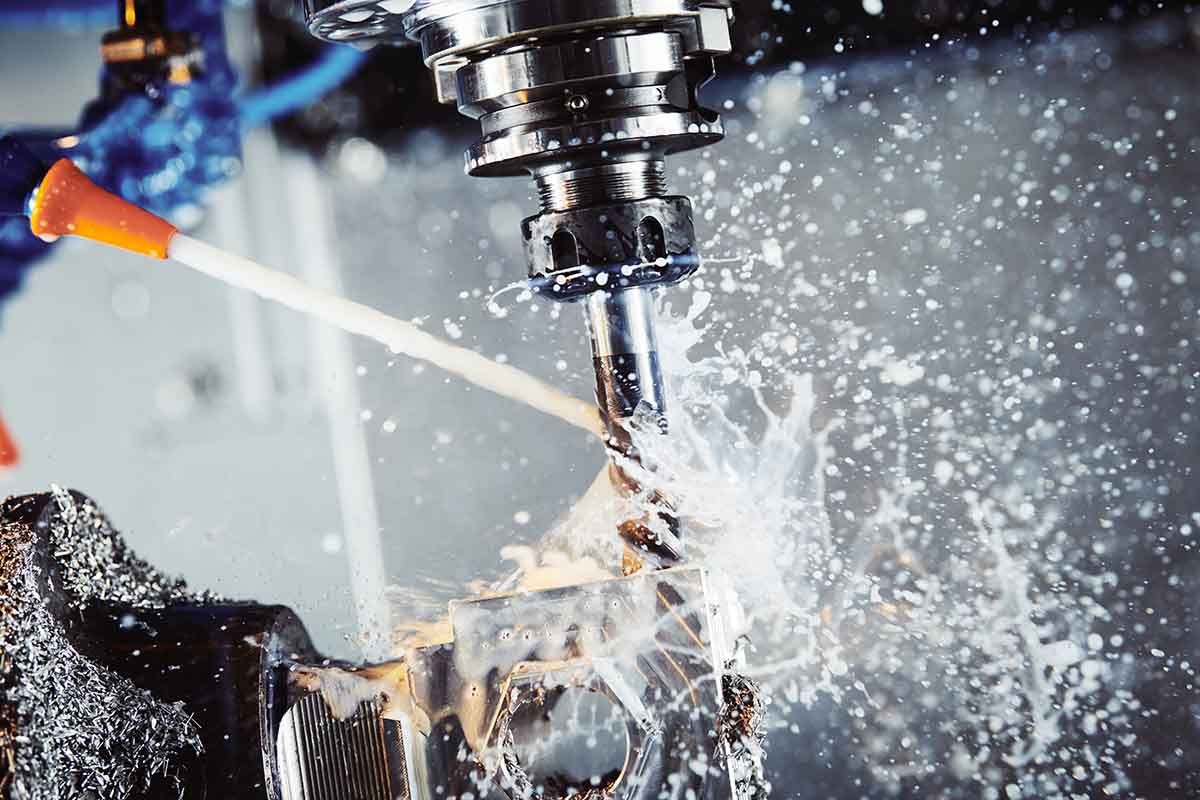One of the most critical considerations in the design of almost anything is the materials used. This consideration is especially vital in a medical device, as the material forms the foundation that enables the device’s proper functioning.
Med-gas devices, such as suction regulators, are used in every imaginable clinical setting in a hospital. Suction regulators are called upon to perform everything from routine suction to life-saving interventions; by a broad array of clinicians with varied backgrounds and levels of experience. They often are handled rough, especially in emergencies where clinicians are focused on managing life or death events. Regulators are hard mounted to a wall or canister system and need to withstand the rigors of repeated connections and disconnections to other devices. When urgently required, they need to work.
Regulators see a variety of fluids aspirated through them or applied to their exterior. Blood, mucus, saline, bile, antibiotic solutions, bleach, cidex, any number of cleaning agents, and other bodily fluids all come into contact with a regulator.
With other environmental issues, a regulator may get thrown into an autoclave. It should be able to handle this.
So, when one considers all of the mechanical, chemical, and environmental extremes encountered, it is difficult to argue that metal is not the most appropriate choice to meet these needs. Engineered plastics have made great strides in the past twenty years, but for something that needs to run twenty-four hours a day across multiple shifts with no downtime, there is just no replacement.
We chose aircraft-grade aluminum for its strength-to-weight ratio, offering the optimum blend of properties to give our devices the ability to repeatedly withstand the clinical environment’s rigors. We chose to treat the aluminum with a synthetic sapphire coating to provide increased chemical and wear resistance. Synthetic sapphire is also known as a hard coat, and outside of the military or aerospace, you will not come into aluminum items treated in this way. Unlike standard ‘anodized aluminum’ like the wheels on your car that can fade and get scratched over time, a hard coat lasts a lifetime. The coating is so durable we need diamond-coated tools to craft your suction regulator.
We chose an array of engineering-grade polymers that complement the overall design for items that we cannot construct of metal. These materials are not plastics that you would encounter in your child’s playroom but instead are designed to survive saturated steam at 270 degrees. We use the same grade of polycarbonate found in bulletproof glass in our clear gauge on the regulator. We rate the main control diaphragm of our regulators to 125psi; keep in mind that 500mmHg is only 10psi, demonstrating is the definition of overdesigned.
We strongly feel that the devices we make need to work when needed, and we chose not to skimp on the materials in our designs. We don’t care about the concept of planned obsolescence. That is not what we do. When intrepid MBA’s continually discover innovative ways to reduce the quality of products you buy, you can rest assured that the suction regulator we build today has the original recipe from 1983.
Our all-metal design suction regulator has the optimal choice of materials resulting in a device that will provide superior performance and last for many years in your hospital.
Back to Blog


